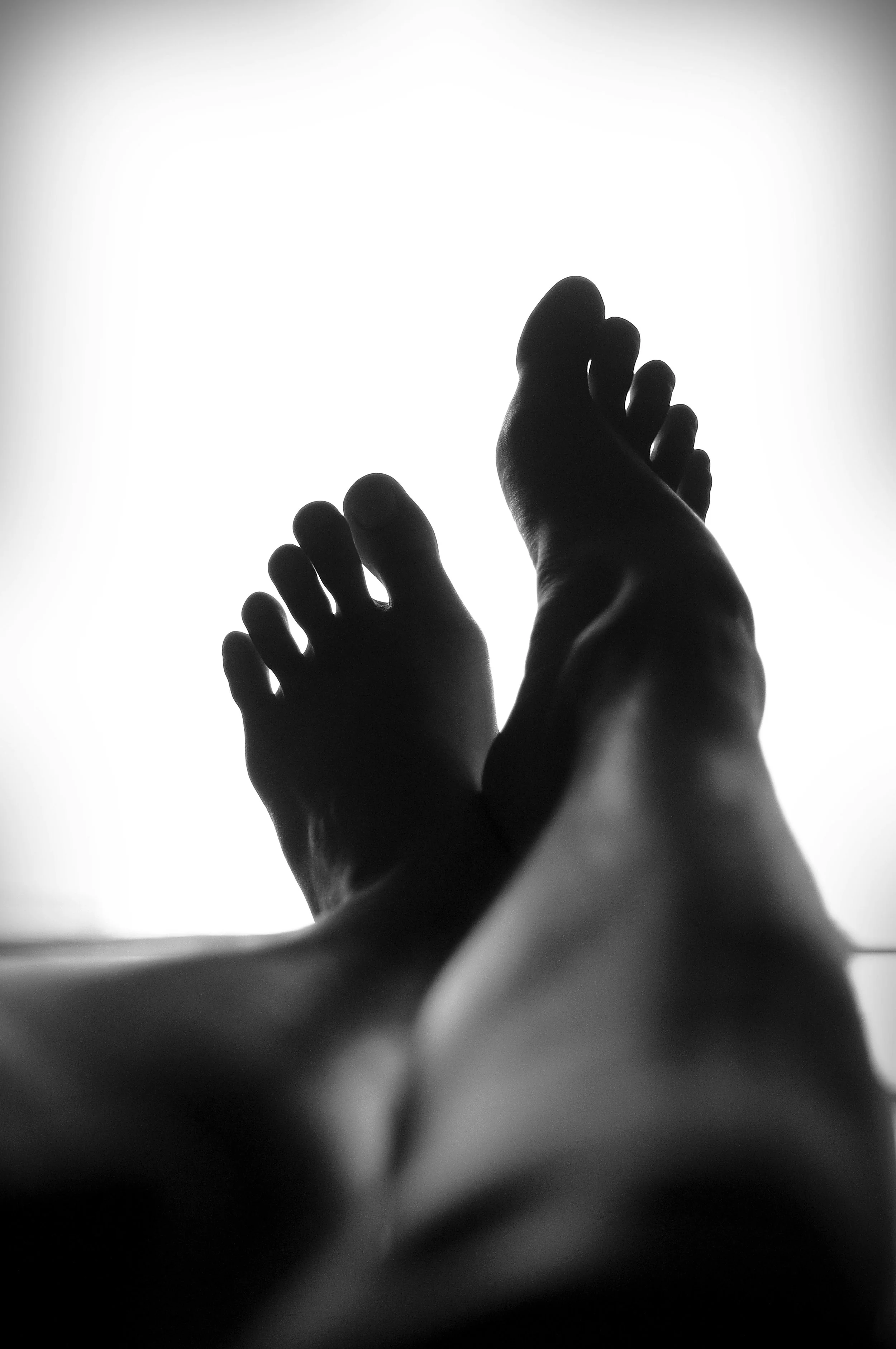What is reflexology?
What Makes Reflexology Different from Massage?
Isn’t Reflexology just another foot massage?
While both modalities involve physically touching the feet and both are great options for self-care, there are some significant differences in technique and purpose between the two. Reflexology is a complementary therapy based on the principle that there are reflexes in the body that map to other parts, glands, and organs of the body. Through the application of pressure on these reflexes, reflexology therapy can help to:
Relieve tension
Improve circulation
Improve digestion
Nervous system regulation
Reflexology can support the body’s efforts to function optimally. Unlike other therapies which manipulate bones or muscle tissues, Reflexology can provide much needed relief through working the reflex points corresponding to the primary area of focus. For example, reproductive organs that are difficult to access with traditional massage techniques are easily addressed by working their reflexes on the heel.
Reflexology
1. Applied to specific areas of the body (feet, hands, ears, etc.)
2. Promotes a response in an area corresponding to a stimulated “reflex point.”
3. Only the shoes and socks come off.
4. Uses small muscle movements of the hands, thumbs, and fingers.
5. Is believed to improve the function of the organs, systems, and glands through
reflexive stimulation.
6. A state of wellbeing can be accomplished through stimulating the nervous
system through reflex points.
7. Practitioners have specialized training in reflex points and related anatomy.
Massage
1. Applied to the whole body (muscles and connective tissue).
2. Promotes a local response in the muscles and connective tissue.
3. All the clothes are removed.
4. Uses large muscle movements of the hands, feet, arms, and elbows.
5. Changes soft tissue through direct stimulation.
6. Healing is based on direct muscle and connective tissue contact.
7. Practitioners have specialized understanding of anatomy.
OUR REFLEXOLOGY SERVICES
Reflexology
90min *initial intake ~ $125 / 60min *initial intake $95
*Initial intake sessions involve a thorough 30min assessment to help ensure quality of care followed by a 30 or 60min reflexology session, depending on the length of intake session that you book.
Reflexology session lengths after an initial intake session has taken place:
30min - $55 / 60min ~ $85 / 90min ~ $115
Reflexology is a protocol of unique manual techniques applied to specific reflex areas, primarily on the feet, hands, and outer ears. These techniques stimulate the complex neural pathways linking body systems, supporting the body’s efforts to function optimally. Reflexology is aimed at regulating the nervous system and, therefore, often involves light touch. Reflexology is very relaxing and therapeutic but it is important to understand that while it sometimes may feel like a massage it is not a massage therapy. Reflexology is under the umbrella of 'bodywork' alongside massage therapy, not under the umbrella of 'massage therapy'.
Benefits of Reflexology reported by clients include reduced stress, improved relaxation, released tension, decreased pain, improved body function, enhanced wellness, increased strength and increased mobility.
Reflexology is recognized as a distinct complementary practice within the holistic health field. Many clients experience profound relaxation, improved mood, and an increased sense of well-being during and following a session.
Structural Reflexology
120min *initial intake ~ $185 / 90min *follow-up ~ $165
*The initial intake session involves a thorough 30min assessment to help ensure quality of care and a 90min structural reflexology session.
Structural Reflexology is a technique developed by Geraldine Villeneuve which integrates foot reflexology with anatomy, physiology, and kinesiology by using local and reflexive methods to release stress and compensation in the entire body. It is a powerfully effective means of restoring comfort and function through assisting the bones of the foot to find their normal alignment.
This reflexology technique involves deep pressure and manipulation and is intended to address client concerns over the course of two sessions (a 120min Intake and a 90min follow-up). This technique typically addresses more serious situations that involve the feet.

